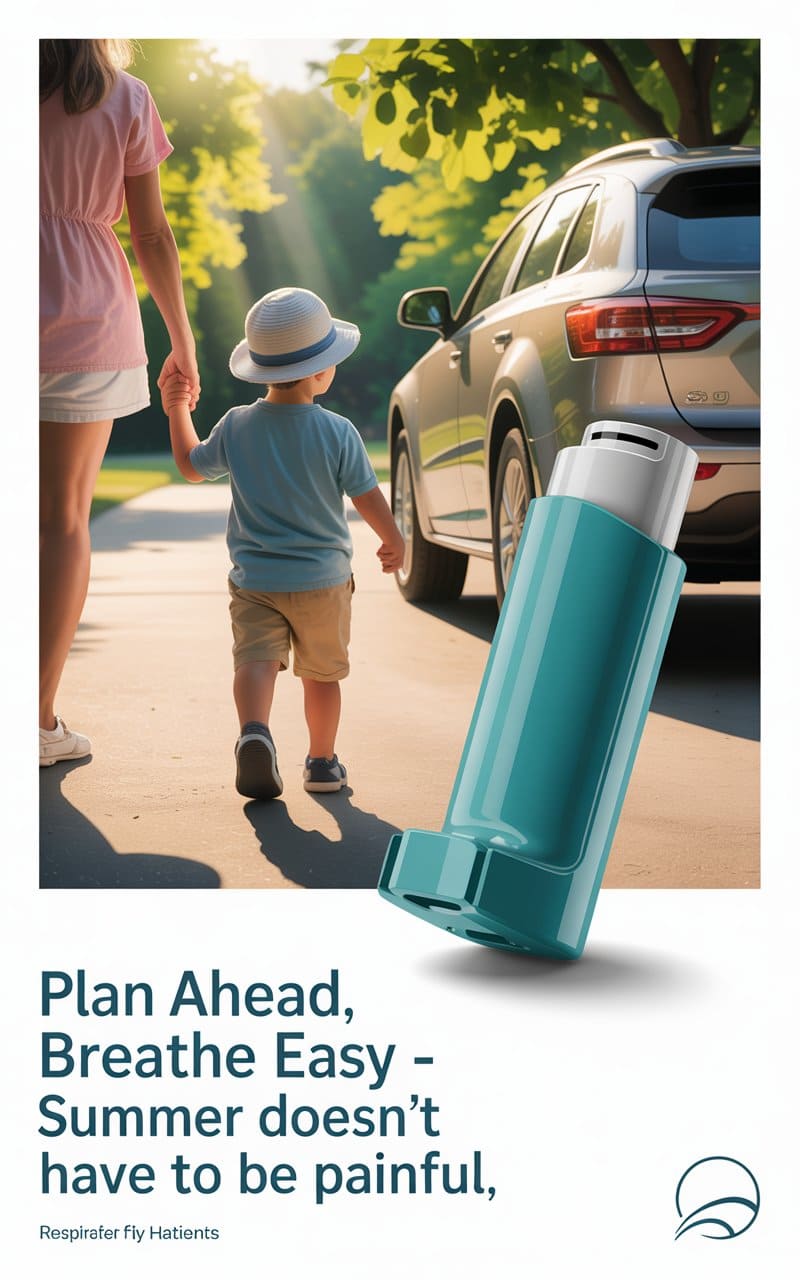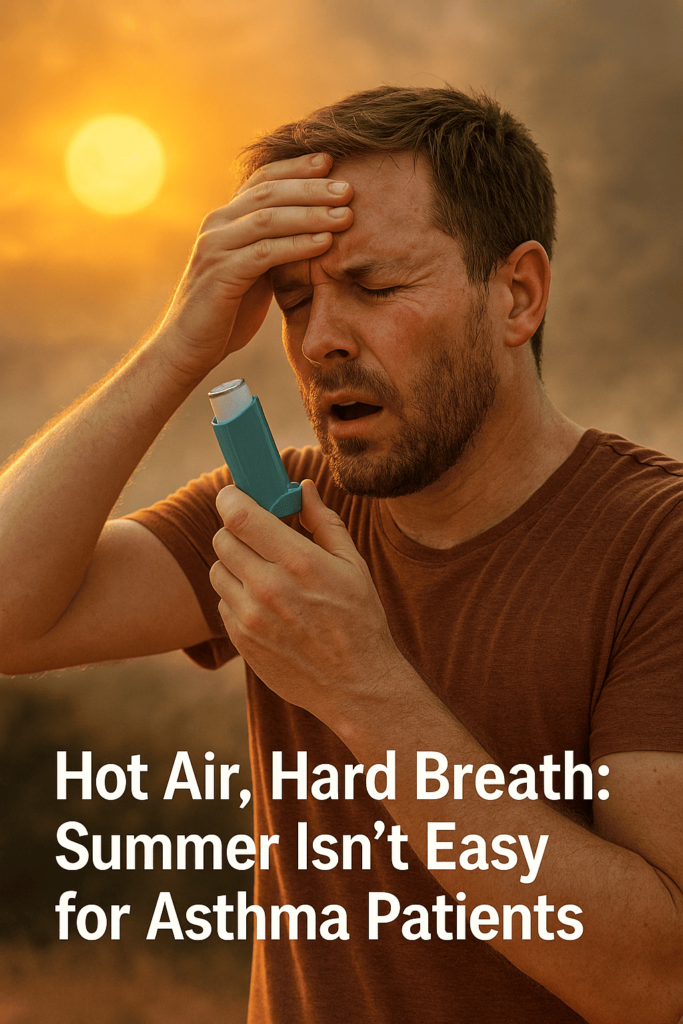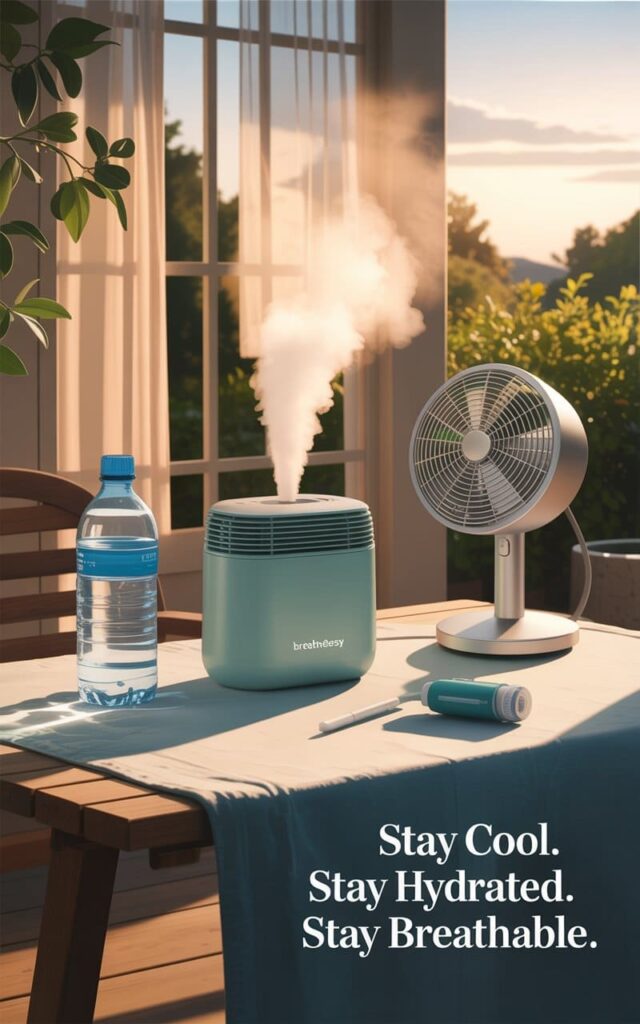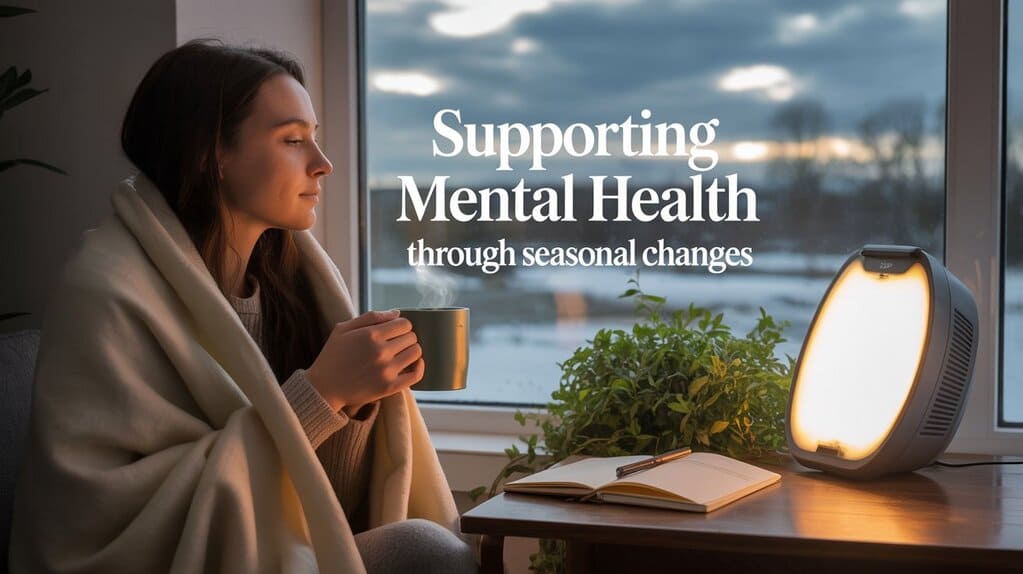
Introduction
Summer can be a challenging season for asthma patients due to rising temperatures, increased air pollution, allergens, and humidity. These environmental factors can worsen symptoms, leading to increased visits to emergency departments and hospital admissions. Understanding the risks of summer for asthmatics and how to manage them is critical for preventing complications and maintaining a high quality of life.
This article explores the impact of summer on asthma, highlights the major risk factors, and offers evidence-based preventive measures supported by recent scientific studies and medical guidelines from reputable sources such as the World Health Organization (WHO), Wikipedia, and peer-reviewed journals like The Lancet and the Journal of Asthma and Allergy.

Summer Risks for Asthma Patients
1. High Temperatures and Humidity
One of the most significant triggers for asthma during summer is excessive heat combined with high humidity. According to the American Lung Association, these conditions can increase inflammation in the airways, making breathing difficult.
Key Study: A 2021 study published in Environmental Health Perspectives found that a 5°C increase in temperature was associated with a 7% rise in asthma-related emergency visits in children and adults in urban areas.
High humidity can also cause the air to feel heavy and reduce oxygen availability, further complicating breathing for people with asthma.
2. Increased Air Pollution
Summer often brings higher levels of ground-level ozone, a harmful component of air pollution. Ozone forms when sunlight reacts with pollutants from vehicles and industrial activities.
Medical Insight: According to the U.S. Environmental Protection Agency (EPA), ozone exposure can cause airway inflammation, reduce lung function, and trigger asthma attacks, especially in sensitive individuals.
Fine particulate matter (PM2.5) also tends to increase during summer due to wildfires, construction activities, and vehicle emissions, all of which can aggravate asthmatic conditions.

3. Pollen and Seasonal Allergens
Summer is peak season for grass pollen, ragweed, and other airborne allergens. These substances are among the most common asthma triggers.
Scientific Reference: The Journal of Allergy and Clinical Immunology notes that over 60% of asthma sufferers also have allergic rhinitis, which becomes worse during pollen season.
These seasonal allergens cause bronchial inflammation, leading to symptoms such as shortness of breath, wheezing, and tightness in the chest.
4. Dehydration and Overexertion
Dehydration during hot weather can thicken mucus in the airways, making it more difficult to breathe. Overexertion during outdoor activities in high temperatures can also lead to exercise-induced bronchospasm, a condition in which the airways temporarily narrow during or after exercise.
Wikipedia Source: Exercise-induced bronchoconstriction is especially common in hot, dry air and affects approximately 90% of individuals with asthma.

📊 Chart : Common Summer Triggers and Their Impact on Asthma
| Summer Trigger | Effect on Asthma | Preventive Measure |
|---|---|---|
| High Heat & Humidity | Airway inflammation and reduced oxygen flow | Stay indoors, use air conditioning |
| Ozone & Air Pollution | Asthma attacks, chronic inflammation | Monitor AQI, wear a mask |
| Pollen and Allergens | Trigger allergic responses and asthma | Use HEPA filters, avoid outdoor exposure |
| Dehydration | Thickens mucus in lungs | Drink plenty of fluids |
| Physical Overexertion | Induces bronchospasm | Exercise indoors during cooler hours |
Preventive Measures for Asthma Patients in Summer
1. Monitor Air Quality Index (AQI)
Before going outside, always check the Air Quality Index (AQI) via apps or websites like AirNow.gov. On days with unhealthy ozone levels, asthmatics should remain indoors with windows closed and HEPA air purifiers running.
Tip: The AQI is especially important during early afternoons when ozone levels peak.
2. Stay Hydrated
Dehydration can lead to thickened airway secretions, making it harder to breathe. Drink at least 8–10 glasses of water daily, especially if you’re sweating due to heat.
Key Advice from Mayo Clinic: Proper hydration helps maintain mucus consistency and supports the respiratory system.
3. Avoid Outdoor Activities During Peak Heat
Limit exposure to hot weather, especially between 11 a.m. and 4 p.m., when temperatures and UV levels are highest. Exercise or walk early in the morning or after sunset.
Preventive Tip: Use cooling towels or portable fans if outdoor activity is unavoidable.
4. Use Preventive Medication Regularly
Continue using inhaled corticosteroids or bronchodilators as prescribed, even if you feel fine. Skipping preventive medication can increase your risk of sudden asthma attacks during summer.
Medical Study: A 2023 report in the Journal of Asthma found that asthma patients who adhered to daily inhaled steroids had 30% fewer summer exacerbations.
5. Install Air Conditioning with Filters
A well-maintained air conditioning system with HEPA filters can significantly reduce exposure to pollen, dust, and airborne pollutants.
World Health Organization (WHO) recommends indoor air filtration as an effective strategy to improve respiratory health in vulnerable populations.
6. Be Aware of Food Allergies
Summer often comes with new or exotic fruits and drinks. Some asthma patients may also have food-related allergies that can trigger respiratory reactions.
Scientific Note: According to PubMed Central, nearly 5–8% of asthma patients have undiagnosed food allergies that exacerbate their condition.
7. Wear Protective Masks
On days with high pollen count or air pollution, wearing an N95 mask can help filter harmful particles and allergens, reducing the risk of flare-ups.

Key Points
- Hot and humid weather can significantly worsen asthma symptoms.
- Air pollution and pollen are two major environmental triggers in summer.
- Hydration, medication adherence, and avoiding outdoor heat are essential preventive strategies.
- Modern studies strongly support the use of HEPA filters, wearing protective masks, and monitoring air quality.
Conclusion
For people living with asthma, summer presents a set of environmental challenges that can significantly affect their respiratory health. Understanding these risks and applying preventive strategies can dramatically reduce the incidence and severity of asthma attacks.
Modern research, supported by reputable organizations like the World Health Organization, the American Lung Association, and recent publications in journals such as the Journal of Asthma and Allergy, underscores the importance of environmental awareness, medication compliance, and lifestyle adaptation.
By following a well-planned summer asthma management routine, patients can enjoy the season safely, actively, and without fear of sudden complications.
References
- World Health Organization (WHO). (2023). Air pollution and health. https://www.who.int
- Environmental Protection Agency (EPA). (2022). Ground-level ozone basics. https://www.epa.gov
- Journal of Asthma and Allergy. (2023). Impact of Heat and Ozone on Asthma Emergency Visits.
- Mayo Clinic. (2023). Asthma: Symptoms and Management. https://www.mayoclinic.org
- Wikipedia. (2024). Exercise-induced bronchoconstriction. https://en.wikipedia.org/wiki/Exercise-induced_bronchoconstriction
- PubMed Central (PMC). (2023). The role of dehydration and food allergies in asthma exacerbations.
- American Lung Association. (2023). Hot Weather and Your Lungs. https://www.lung.org





